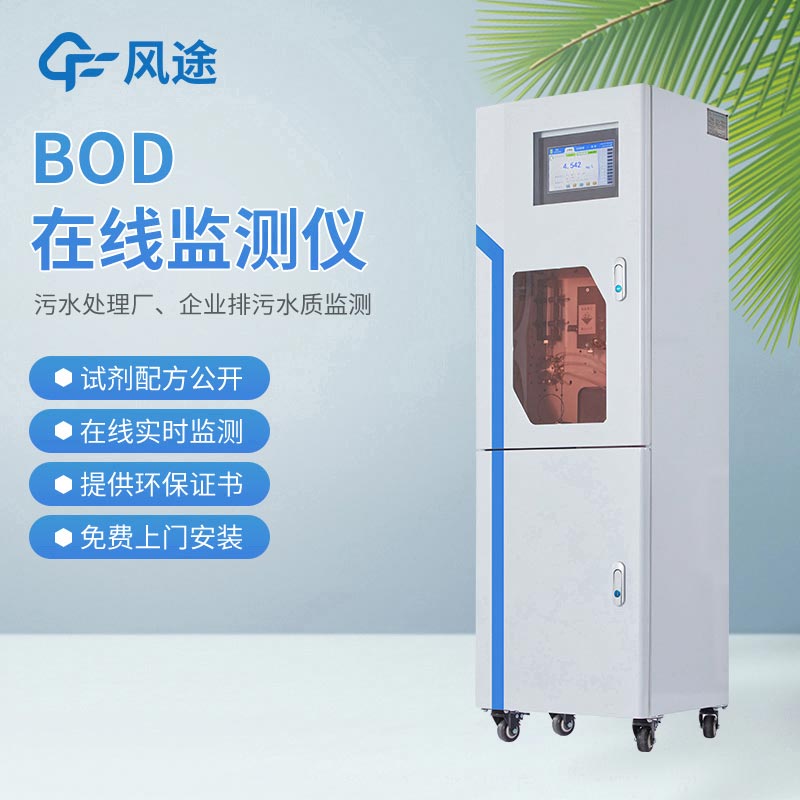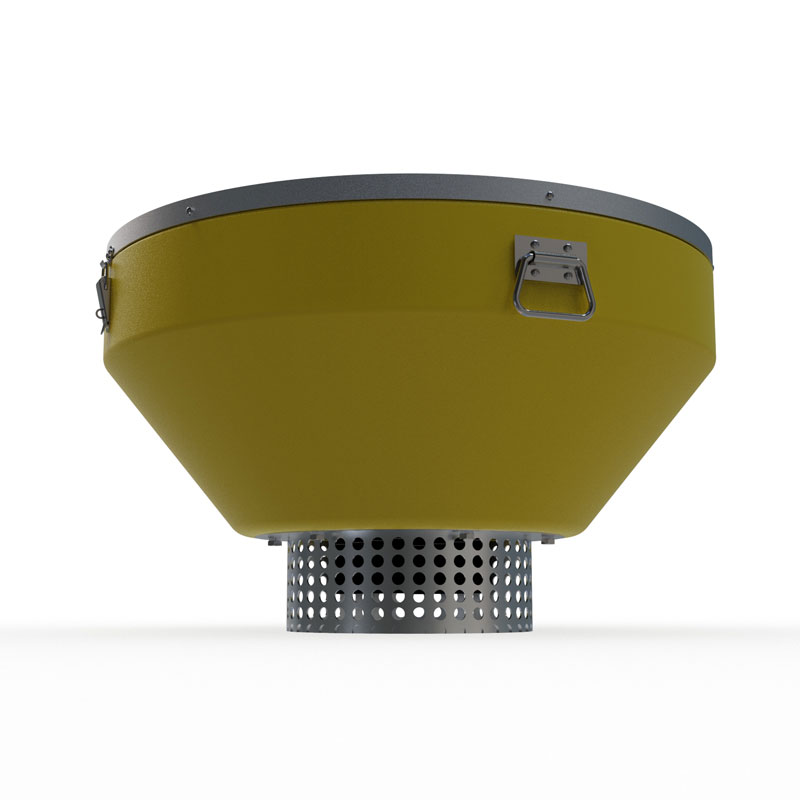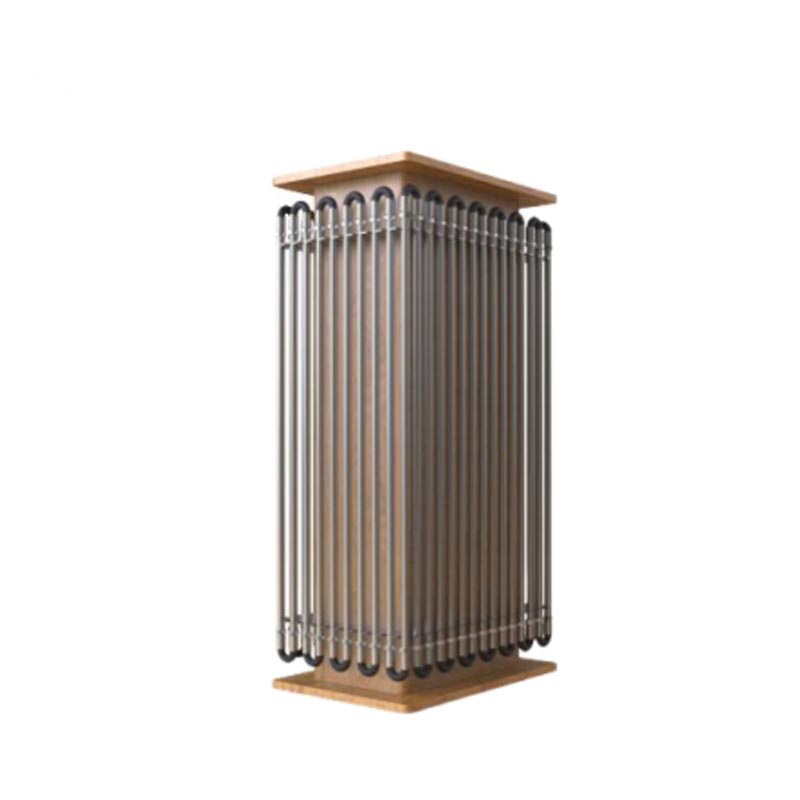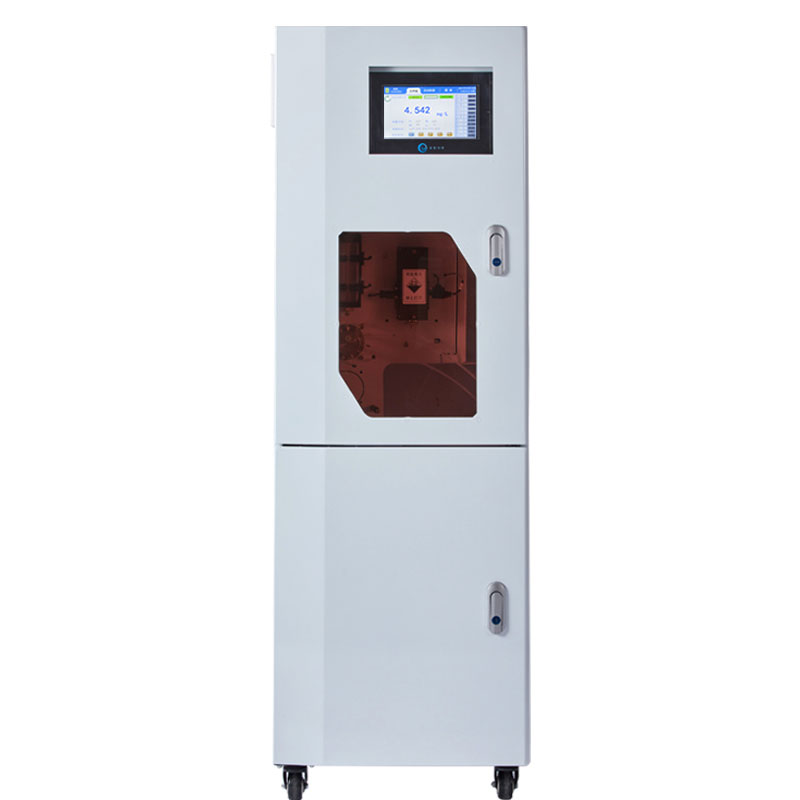Biochemical Oxygen Demand (BOD) is a measure of the content of organic matter in water, indicating the amount of dissolved oxygen consumed in the decomposition of organic matter under the action of microorganisms. It is determined by mixing a water sample with microorganisms and oxygen-saturated water at a constant temperature of 20°C. After a 5-day reaction, BOD5 is calculated by measuring the reduction in dissolved oxygen.High BOD5 values mean that the water is heavily polluted and are an important parameter for water quality assessment and environmental monitoring.
BOD5 levels are an indicator of water pollution. High BOD5 values mean that the decomposition of organic matter in the water consumes more oxygen, which can lead to a decrease in dissolved oxygen in the water body, negatively affecting aquatic ecosystems and aquaculture.
The BOD Analyzer utilizes potassium dichromate and silver sulfate catalysis to determine BOD concentration spectrophotometrically in a strongly acidic environment by dilution injection technique and masking agent treatment, followed by high temperature and high pressure digestion. It utilizes optoelectronic quantification technology to ensure high detection accuracy and immunity to interference, and is capable of automatic self-testing and diagnostics to simplify maintenance and cleaning processes. The all-weather network monitoring function allows remote real-time tracking of the instrument status, with alarm, QC and counter-control functions, as well as automatic cleaning and calibration functions, reducing manual intervention. The instrument also records failure history, saves long term historical data, and is designed to be environmentally friendly with separate drainage of cleaning and waste liquids.
The technical parameters of the BOD Analyzer strictly follow the HJ377-2019 standard and provide customizable measurement ranges to ensure that the display value error, detection limit, zero drift, range drift, repeatability and memory effect are all within control. Measurement and calibration cycles are optimized for longer maintenance cycles and reasonable reagent consumption. Equipped with a 10.1-inch color LCD touch screen provides an intuitive operating interface, and the color development temperature can be adjusted according to the water sample. Data can be exported via USB, and signal output interfaces include RS485/RS232/USB, as well as 4-20mA output and switching input and output, adapting to diverse application scenarios. The instrument is suitable for indoor environments with controlled temperature and humidity, with stable power supply and dimensions varying according to model.

This paper addresses:https://fengtusz.com/industry/454.html









